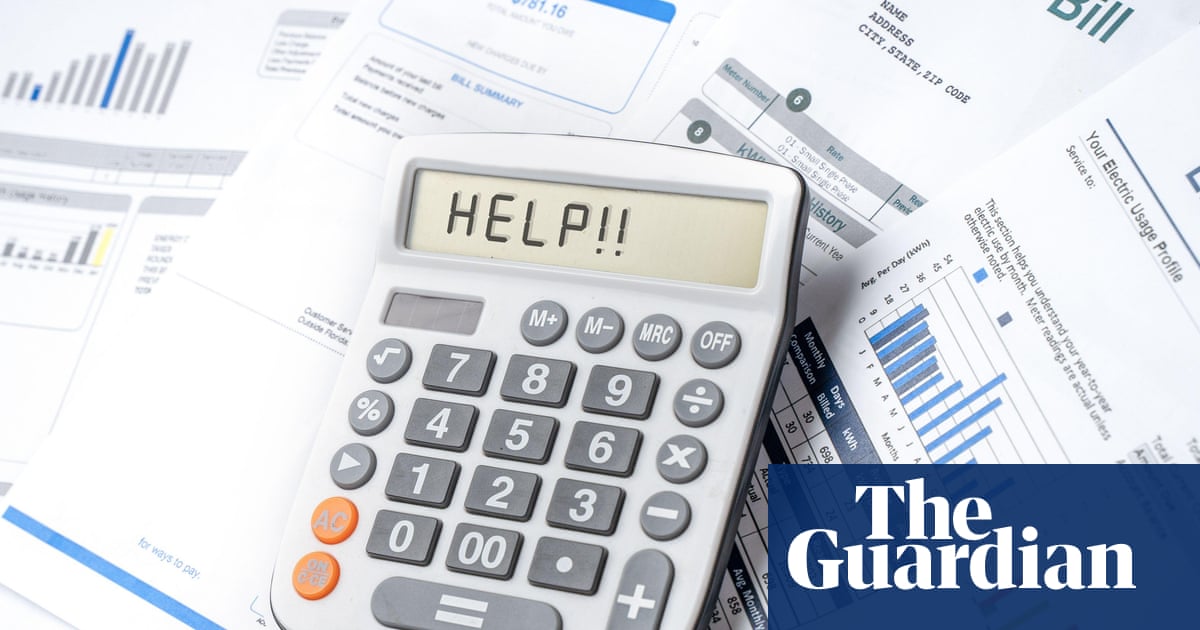
Rishi Sunak’s government has more than doubled the amount of money it makes from charging interest on student loans, official figures show, as graduates face borrowing costs of almost twice the rate set by the Bank of England.
According to the latest snapshot of the public finances from the Office for National Statistics, accrued interest on student loans swelled to £4.8bn in the 12 months to March. Up from £2.3bn in the previous year, it was the highest annual total on record.
The surge comes despite ministers intervening last year to cap the interest rate on student loans in England and Wales in response to inflation hitting the highest levels for 40 years, preventing an even larger rise in borrowing costs.
The Department for Education placed a maximum 6.3% rate on loans last autumn, which has since increased to a current level of 6.9%. It is due to increase again to 7.3% from the start of June, as ministers aim to reflect a rise in prevailing market rates offered by high street banks on unsecured personal loans.
The forecast average debt among the cohort of students who started their course in 2021-22 is £45,800 when they complete their course. About 20% of full-time undergraduates who started in 2021-22 are expected to repay them in full, according to government projections.
Almost £20bn is loaned to about 1.5 million students in England each year, with the value of outstanding loans at more than £180bn.
Launched in the final months of Boris Johnson’s premiership, the cap prevented an increase to 12%. Rates had previously been calculated by adding 3 percentage points to the retail prices index (RPI) measure of inflation, which had surged in the wake of Russia’s invasion of Ukraine.
Ministers introduced the cap to strike a “fair deal for students” to prevent inflicting additional pain amid the cost of living crisis, arguing it was the largest-scale reduction of student loan interest rates on record.
However, the government limit still represents a significant rise from a year earlier, when student loan interest rates were close to 4.5%, and is almost twice the Bank of England’s current base rate of 4.25%.
Students who started university before 2012 have also had a large rise in interest rates, with a much bigger relative increase from 1.5% to 5% in the past year. For these students, the rate charged is either RPI inflation or the Bank rate plus 1%, whichever is lower.
Critics have said that students are facing soaring levels of debt upon leaving university, stoking a growing financial divide between the generations and for those from low-income backgrounds versus the children of wealthier parents.
Ben Waltmann, an economist at the Institute for Fiscal Studies, said the current government limits on post-2012 loans were “too high” and urged ministers to set interest rates at low and stable levels, reflecting the government’s own cost of borrowing.
“Interest rates that are higher than the government’s cost of borrowing can discourage some prospective students from going to university, even when that would be the best choice for them and for society,” he said.
“They also create an unfairness between those paying off loans and those whose parents supported them, perhaps by borrowing more cheaply through a mortgage.”
A DfE spokesperson said: “University is an investment for both students and the taxpayer.
“From the 2023/24 academic year, we have cut interest rates to RPI only so that, under these terms, new borrowers will not repay more than they originally borrowed, when adjusted for inflation. Through these reforms more than half of new borrowers will repay their loans in full, compared to the current rate of 20%.”












